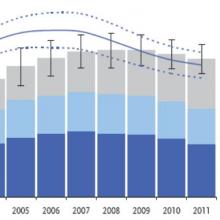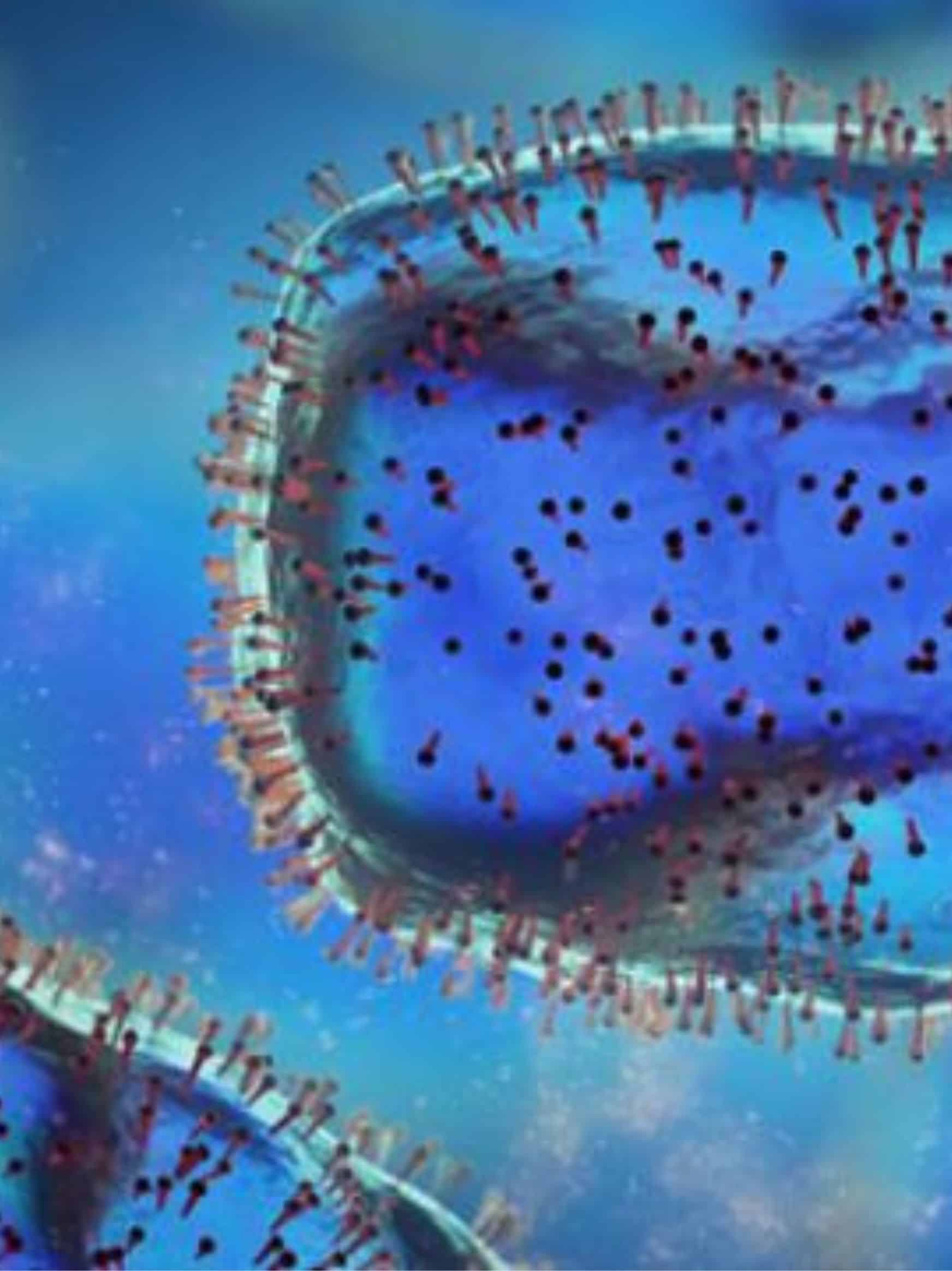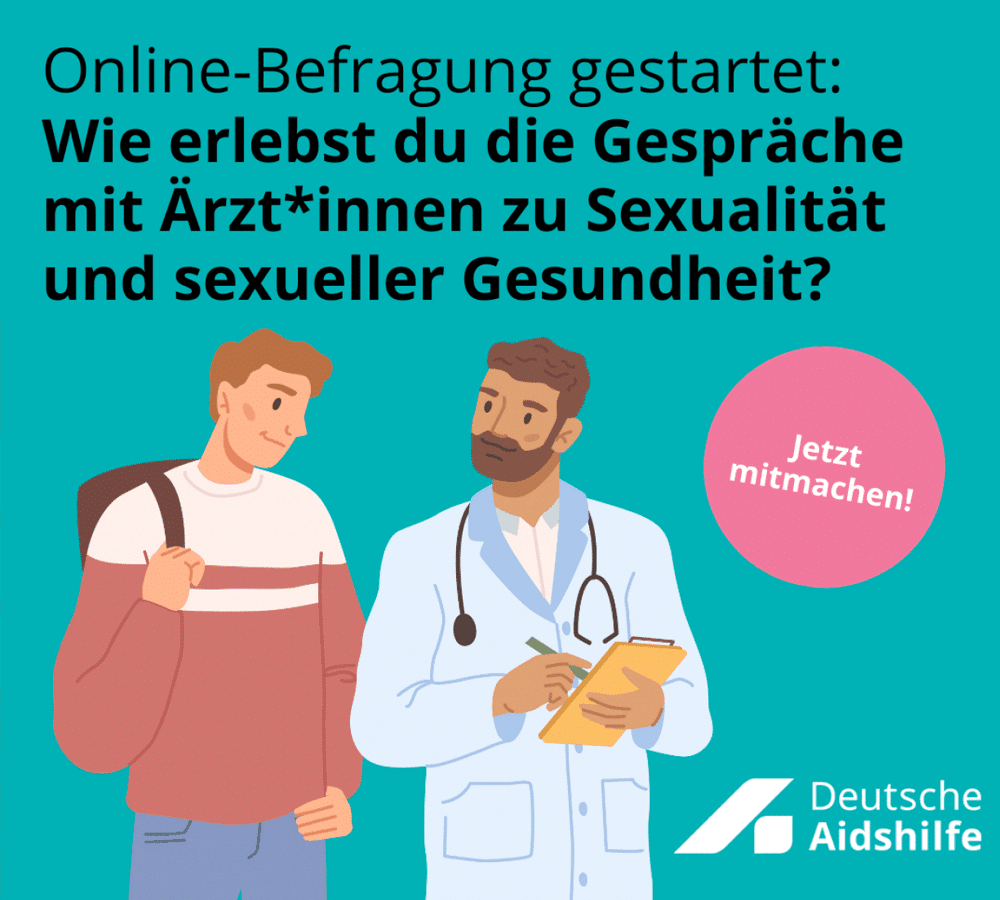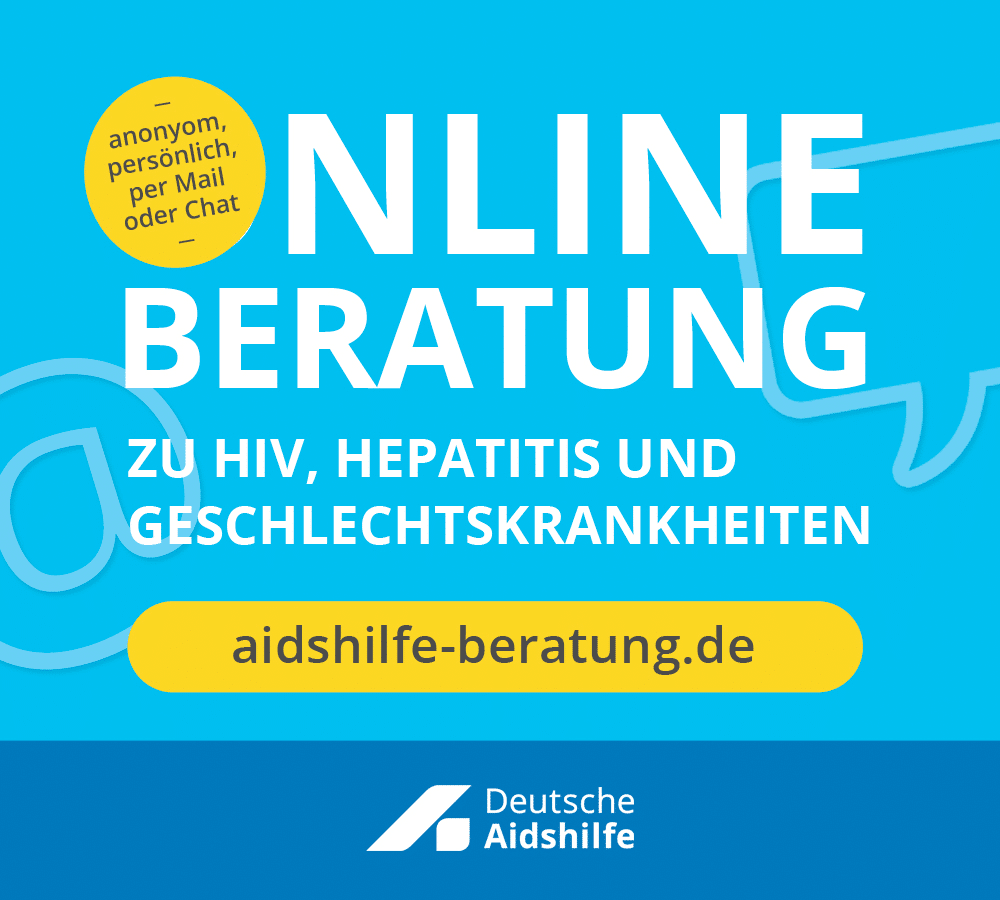The number of new HIV infections in Germany has been declining since 2007. In 2011, 2,700 people will have been newly infected with HIV by the end of the year, almost 20% fewer than in 2006/2007
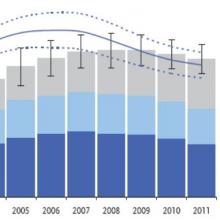
This was announced today by the Robert Koch Institute (RKI) in its Epidemiological Bulletin and in a press release.
The RKI is thus correcting previous figures, according to which the number of new infections in Germany has remained constant at around 3,000 per year in recent years. A new calculation method enables a better estimate and visualises the decline in new infections.
"The most important reasons for this positive development include intensified prevention and the increasingly earlier diagnosis and treatment of HIV-infected people, who are then less infectious for their sexual partners," explained RKI President Reinhard Burger in Berlin today.
The new calculation method used for the first time is primarily concerned with the question of how many of the reported positive HIV tests cover infections that occurred some time ago. Based on current knowledge about the course of HIV infection, it is now easier than ever to estimate when someone became infected. The course of the disease and medical values (especially the number of CD4 cells in the blood) provide an approximate indication of how long the HIV infection has existed. Although corresponding data is only available for some of the reported HIV diagnoses, it can be extrapolated to the entirety.
This has resulted in a new estimate of how many people have been infected in recent years. The number of new infections has risen since 2001, peaked in 2006 with around 3,400 infections and has been falling continuously since then. In the most affected group of men who have sex with men (MSM), the number of new infections is falling particularly sharply.
According to the new estimates, MSM accounted for around 1,500 new infections (56%) in 2011. Around 820 new infections (30%) are attributable to heterosexual contact and around 360 (13%) to intravenous drug use. Thanks to HIV medication, transmission from mothers to their children during childbirth hardly ever occurs in Germany: There have been fewer than 10 cases in the current year.
If we look at the number of reported new diagnoses rather than the estimated number of new infections, one thing is clear: An ever-increasing proportion of positive HIV tests are only carried out after the infection has been present for a long time and the optimum time to start treatment has already been missed. This sounds like bad news, but is actually good news: on the one hand, the proportion of so-called late diagnoses is increasing because there are significantly fewer new HIV infections. On the other hand, more and more HIV infections that have existed for some time are finally being diagnosed.
This is based on another positive development: gay men in particular are getting tested more frequently than before because they know that effective treatment options are now available. In recent years, Deutsche AIDS-Hilfe has increasingly emphasised the benefits of timely HIV testing in the area of prevention.
In addition to the good news, the RKI report also contains a drop of bitterness: the number of syphilis diagnoses in Germany is rising. As syphilis increases the likelihood of HIV transmission, this could jeopardise the success of new HIV infections. The RKI therefore recommends providing even more information about syphilis and other sexually transmitted infections as part of HIV prevention.
According to the new RKI estimate, a total of 73,000 people are now living with HIV in Germany. 14,000 (around 20%) are still unaware of their infection. Of those who know their HIV status, 80 % are taking antiretroviral medication - more than ever before. In 2011, there were around 500 deaths in Germany associated with HIV infection.
Holger Wicht
Press release of the Robert Koch Institute
Press release by Deutsche AIDS-Hilfe
